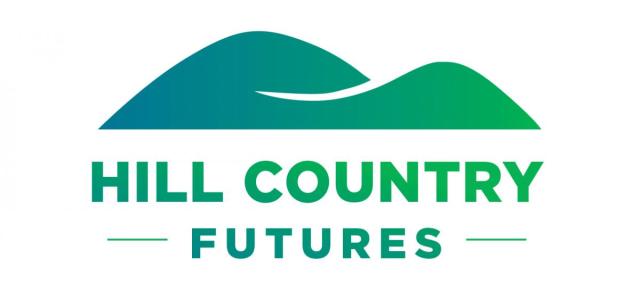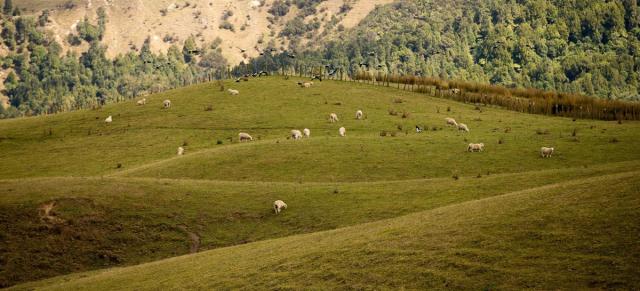What’s the problem with high levels of nutrients?
The problem is periphyton – the slime and algae found on river and stream beds. These organisms are essential for ecosystem functioning, but – under certain circumstances – they can proliferate and degrade waterways’ aesthetic, recreational, biodiversity and economic values.
New Zealand streams are particularly prone to excessive periphyton growth because of the gravel nature of stream beds, high-intensity sunlight, warm waters and nutrient enrichment (from factors such as nutrient-rich rocks and/or agricultural land use).
What can you do to minimise algal growth?
Periphyton feeds on nutrients – such as, nitrogen and phosphorus – in the water. You can minimise periphyton growth in your local waterways by managing how these nutrients leave your property.
What is Overseer®?
Overseer® is a software application that supports farmers and growers to make informed decisions about their nutrient use on-farm, with the goal of improving performance and reducing losses to the environment.
Let’s talk about phosphorus (P)
Phosphorus is found at low levels in the natural environment. Small increases of phosphorus in waterways can have a big effect on water quality.
Where does excess phosphorous in our waterways come from?
Much of the phosphorus in our rivers is a result of erosion and fertiliser use. Phosphorous is transported through surface run-off and the main pathways for phosphorus entering waterways from pasture are:
- Erosion of soil particles enriched with phosphorus
- Natural ‘weathering’ of rock and soil, and
- Direct loss from fertiliser or manure, when rainfall occurs soon after application.
While soil erosion is often the dominant source of phosphorus into waterways, the relative importance of each pathway is highly site specific and depends on factors, such as slope, rainfall, irrigation, land use and agricultural intensity.
How to minimise phosphorus loss to water
- Reduce the amount of P fertiliser used, where Olsen P values are above optimum
- Use low solubility P fertiliser forms, if run-off risk is high
- Avoid fertilising during winter
- Use Overseer® to prepare a nutrient budget
- Keep soil Olsen P levels at biologically optimum levels and test soil regularly
- Using proof of placement for fertiliser applications
- Use paddock subdivision to minimise fertility transfer.
What is the impact of too much phosphorus in water?
When phosphorus levels increase to very high levels, the water body is likely to experience rapid weed growth or algal blooms, which can choke aquatic life and cause long-term damage to the health of a stream, river or lake.
The National Policy Statement for Fresh Water Management outlines a national bottom line for total phosphorous concentrations in lakes of 50 mg/m3. However, there is nothing in the statement on phosphorus limits in rivers. This means each council must set its own limits, based on the values articulated by the local community.
Nitrogen (N) and water
Nitrogen (N) is an essential nutrient for plants. It occurs naturally and can also be added to soil as fertiliser. However, nitrogen applied to soil and pasture in organic forms, such as urea, turns into nitrate – a highly-soluble form of nitrogen that is readily leached when soils become saturated.
Where does the nitrogen in our waterways come from?
Although plants take up much of the applied nitrogen, livestock waste returns a considerable amount back to the soil. Nitrate formed from this waste easily leaches from the soil, before plants have a chance to absorb it. This is when it can enter waterways and potentially harm ecosystems.
Irrigation can increase nitrogen loss to ground and subsurface water.
How to minimise N loss to waterways
- Use Overseer® to prepare a nutrient budget
- Reduce nitrogen inputs, such as fertiliser or nitrogen in imported feed
- Control the grazing duration of pasture and fodder crops
- Winter stock off paddocks
- Optimise timing and amount of irrigation
- Time nitrogen application to meet crop demand, using split application
- Reduce stocking rates
- Use gibberellic acid to boost pasture growth and reduce overall N inputs.
What is the impact of too much nitrogen in water?
Nitrogen is a great fertiliser, but excess nitrogen in waterways will cause aquatic weeds and algae to grow too fast.
Nitrite-nitrogen and ammonia become toxic at high concentrations, which can cause direct harm to fish and macro-invertebrates.
Farm Environment Plan
If you want to understand and manage nutrients on your property, begin by developing a Farm Environment Plan specific to your property.


